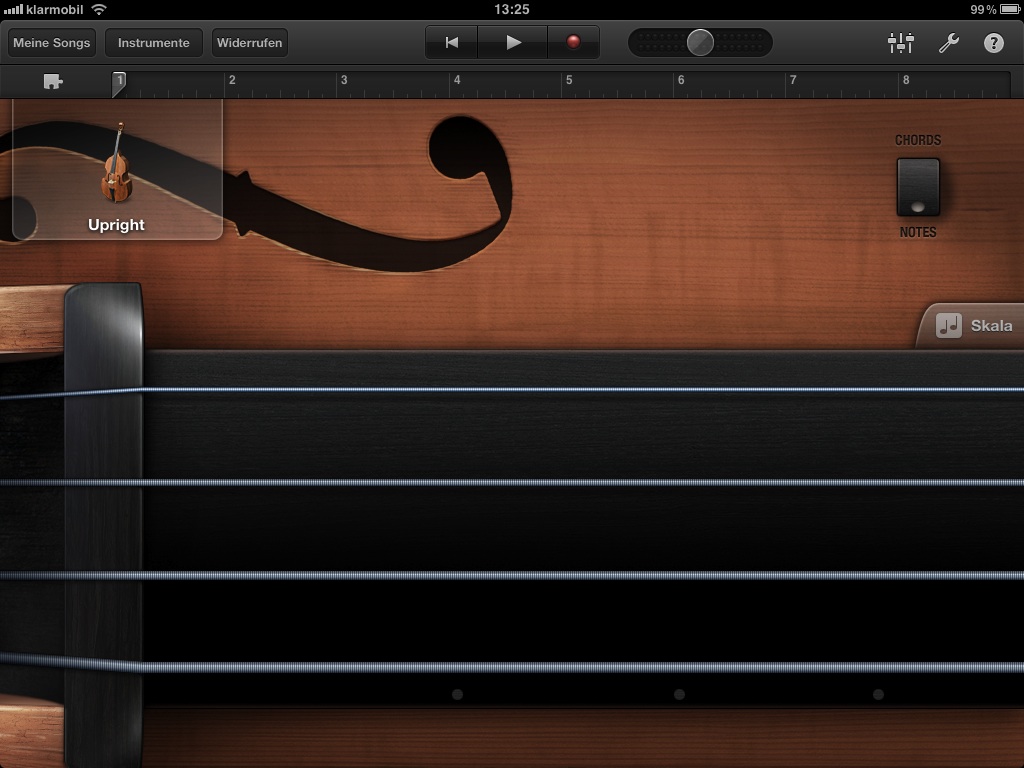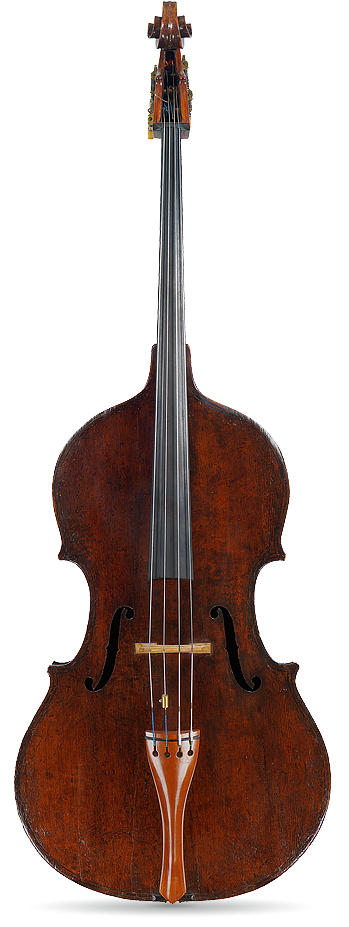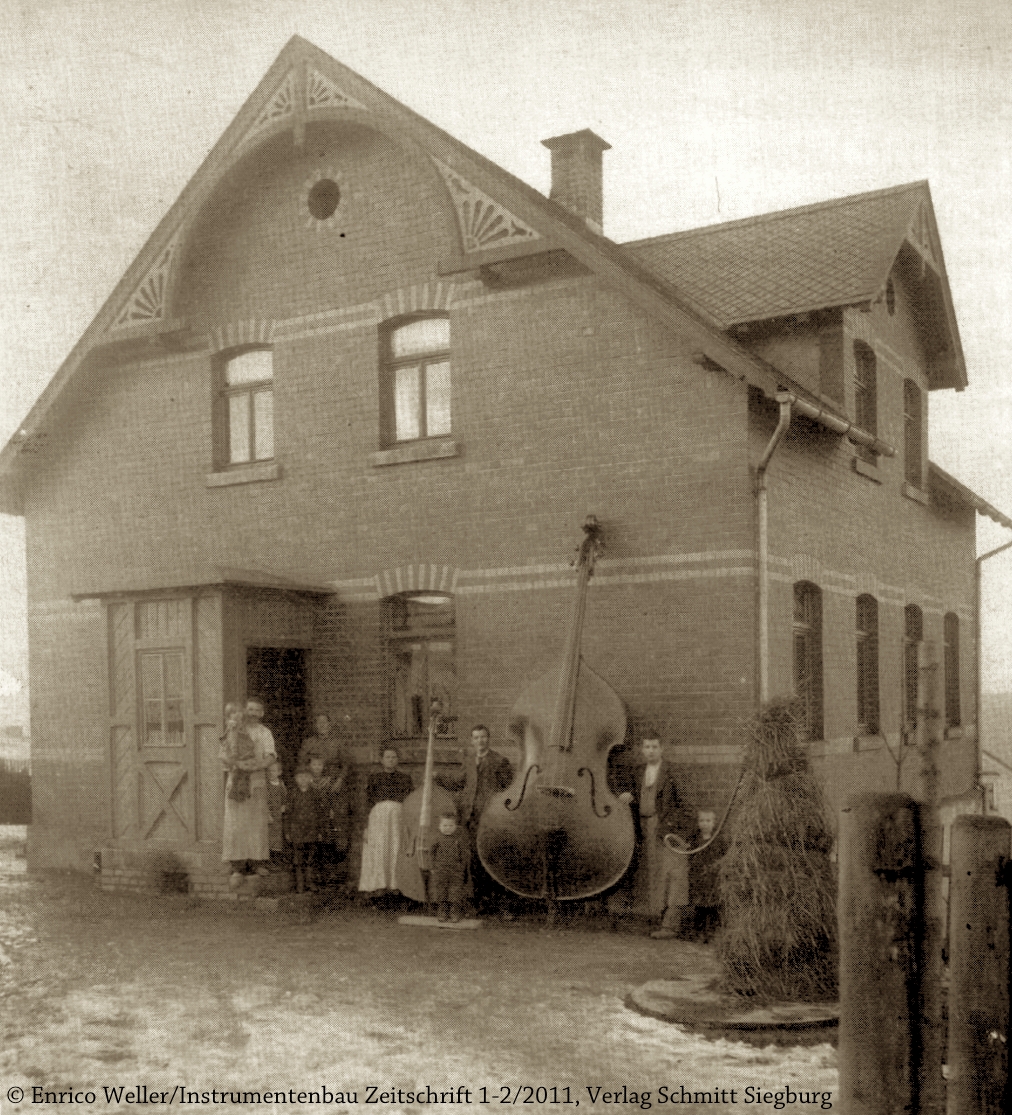The European Double Bass Convention 2012 will take place at Copenhagen/Danmark.Copenhagen will follow Paris (2008) and Berlin (2010) as host town of this big event.www.facebook.com/BASS2010fan
Author Archives: Jonas
Happy Birthday, Ron Carter!
Ron Carter was born on May, 4., 1937. Happy Birthday!
Phil Palombi on Scott LaFaro’s Prescott
2011 marks the 50th anniversary of the untimely death of jazz great Scott LaFaro. Phil Palombi, author of the Scott La Faro transcription book, has recorded a tribute CD to this bass legend, which is now available. This recording features piano great (and former roommate of Scott’s) Don Friedman and Bill Evans alumnus Eliot Zigmund on drums.For this recording, RE:Person I Knew – A Tribute To Scott LaFaro, Phil was granted the honor of recording the entire CD with a very special instrument: “I was granted the immense honor of the loan of Scott LaFaro’s actual Prescott bass. Yes, THE bass that he used on the Village Vanguard recordings. I will forever be grateful to Helene LaFaro-Fernandez and Barrie Kolstein for this opportunity!”
Frankfurt Musikmesse starting on Wednesday
The Frankfurt Musikmesse (Music trade show) opens the doors on Wednesday. The annually Frankfurt Musikmesse is one of the biggest trade shows in music industry. The string instrument section is at hall 1.2 (and my booth number is B40, if you want to say hello …)
Quote: Ray Brown on string action and sound
A student of the Brown effect since his middle teens, McBride met the maestro around 1990, when Brown came to hear him play duo with pianist Benny Green at the Knickerbocker, a raucous piano bar-and-grill on University Place in Greenwich Village. At the time, he recalls, he was focused, as I wrote, on the unamplified, raise-the-strings approach to bass expression which, as McBride puts it, “seemed to be the new religious experience for young bass players coming to New York.” Ray said, “Why are you young cats playing so hard? You don’t need your strings up that high.”Before I responded, something said, “Shut up, and listen to Ray Brown. Don’t say one word.” Benny and I saw him at the Blue Note a few nights later, and it hit me like a ton of bricks. Ray seemed to be playing the bass like it was a toy. He seemed to be having fun. Playing jazz, he had that locomotion I heard in the great soul bass players, like James Jamerson and Bootsy Collins and Larry Graham. He wasn’t yanking the strings that hard, and he had the biggest, fattest, woodiest sound I’d ever heard, and I could tell that most of it was coming from the bass, not from the amp. At that point, I slowly started saying to myself, “It’s not about what they think. It’s about what’s best for the music that I’m trying to play. It’s about trying to get the best possible sound out of the instrument.”from: www.jazz.com
AAJ talks with Bertram Turetzky
All About Jazz talks with double bassist, author and teacher Bertram Turetzky:Contrabassist Bertram Turetzky’s career is nothing short of extraordinary. He almost single handedly redefined the role of the bass in 20th Century classical music, from one of back row support to that of featured and celebrated soloist. Even within the confines of classical music, Turetzky’s range is huge: he is a master of early, pre- Bach music; a noted performer of chamber music; a veteran of symphonic ensembles; and he’s played everything from Brahms and Strauss to 20th Century mavericks like John Cage and Edgard Varese. Well over 300 composers have written works specifically for him to perform. (…) Even before his career in classical music, Turetzky loved jazz. His depth of experience in the many genres that define the idiom is likewise astonishing. As a young Jewish kid, he jammed with black Swing-era stars in the 1950s-playing, to this day, with an Ellington repertory band. Charles Mingus accepted him as a student, (though Turetzky backed out). (…) One of Turetzky’s defining characteristics is his creation of what are known as extended-techniques. You could say that he wrote the book on extended contrabass techniques-literally. His master edition of these ideas, The Contemporary Contrabass (University of California Press, 1974), is still the standard practicum for both virtuoso bass studies, and a kind of cookbook for New Music composers. Indeed, many of those 300 commissions were written for him after composers got a look at what the bass was capable of.Read the interview at www.allaboutjazz.com
A Double Bass for the iPad
 Wow, that’s really fun: I’ve just downloaded Apple’s brand new Garage Band iApp for the iPad. It comes with a couple of instruments – an Upright Bass among them. It not only looks cool, it also sounds great. Not as good as a real double bass, but not bad at all – for an electronic device. Well done, Apple!
Wow, that’s really fun: I’ve just downloaded Apple’s brand new Garage Band iApp for the iPad. It comes with a couple of instruments – an Upright Bass among them. It not only looks cool, it also sounds great. Not as good as a real double bass, but not bad at all – for an electronic device. Well done, Apple!
‘Delmas’ double bass by Giovanni Paolo Maggini, Brescia, c. 1610
 Tarisio, an auctioneer spezialized in old string instruments and bows, announces the upcoming auction of an rare Maggini bass. The ‘Delmas’ double bass by Giovanni Paolo Maggini is the first Maggini bass to be offered at auction for over a century.The Tarisio website features detailed photographs and an article by Duane Rosengard about this old italian instrument: “Of the approximately dozen surviving bass-register instruments by the Brescian master, the ‘Delmas’ is the most complete and pure example of Maggini’s medium-sized bass form, and is the only one to retain its original head. It is made on a virtually identical form to the ‘Dumas’ (the best-known medium-sized Maggini bass) but is more carefully finished. For the front Maggini used a dense spruce, while the back and ribs feature a delicately figured maple.The bass is named after Alphonse-Joseph Delmas ‘dit Boussagol’ (1891-1958), one of the leading French bassists and pedagogues of the 20th century. (…) To judge from his surviving works, Maggini devoted particular care and attention to bass and contrabass instruments of three distinct types. Before describing each type, some general observations may be made about the entire group. They were strung with either five or six strings and were mounted with fingerboards that were far shorter than those in use today. The necks were wrapped with gut frets at the first seven semitones. The ranges and tunings of these instruments are subject to some debate though the compass was narrow by modern standards. And as difficult as it may be to imagine today, technological improvements in the winding of gut strings probably influenced the design and size of bass instruments as players and makers sought greater power and clarity.” Estimates: $200,000-$300,000
Tarisio, an auctioneer spezialized in old string instruments and bows, announces the upcoming auction of an rare Maggini bass. The ‘Delmas’ double bass by Giovanni Paolo Maggini is the first Maggini bass to be offered at auction for over a century.The Tarisio website features detailed photographs and an article by Duane Rosengard about this old italian instrument: “Of the approximately dozen surviving bass-register instruments by the Brescian master, the ‘Delmas’ is the most complete and pure example of Maggini’s medium-sized bass form, and is the only one to retain its original head. It is made on a virtually identical form to the ‘Dumas’ (the best-known medium-sized Maggini bass) but is more carefully finished. For the front Maggini used a dense spruce, while the back and ribs feature a delicately figured maple.The bass is named after Alphonse-Joseph Delmas ‘dit Boussagol’ (1891-1958), one of the leading French bassists and pedagogues of the 20th century. (…) To judge from his surviving works, Maggini devoted particular care and attention to bass and contrabass instruments of three distinct types. Before describing each type, some general observations may be made about the entire group. They were strung with either five or six strings and were mounted with fingerboards that were far shorter than those in use today. The necks were wrapped with gut frets at the first seven semitones. The ranges and tunings of these instruments are subject to some debate though the compass was narrow by modern standards. And as difficult as it may be to imagine today, technological improvements in the winding of gut strings probably influenced the design and size of bass instruments as players and makers sought greater power and clarity.” Estimates: $200,000-$300,000
photo: © Tarisio
Otto Roth’s Monster Bass
 In 1903, German bass maker Otto Roth (1876-1954, Vogtland area/Bohemia) finished a huge double bass with almost 4.20 m height and 2.10 m body length. The photo (taken in 1905) shows the enormous size of this “moster” bass: twice as big as a regular bass. For getting it out of the workshop, the window has been the only way out. Roth made this bass for the Chicago opera, but unfurtunately, no further informations about the use and ownership of this monster bass are available.(from the german instrument making magazine “Instrumentenbau” 1-2/2011)
In 1903, German bass maker Otto Roth (1876-1954, Vogtland area/Bohemia) finished a huge double bass with almost 4.20 m height and 2.10 m body length. The photo (taken in 1905) shows the enormous size of this “moster” bass: twice as big as a regular bass. For getting it out of the workshop, the window has been the only way out. Roth made this bass for the Chicago opera, but unfurtunately, no further informations about the use and ownership of this monster bass are available.(from the german instrument making magazine “Instrumentenbau” 1-2/2011)
BarcelonaBassMeeting
Barcelona Bass Meeting at the Conservatori Municipal de Musica de Barcelona, c/bruc 110-112. Artists: Thierry Barbé, Andrew Ackerman, Christine Hoock, Thomas Martin, David Murray, and others …
